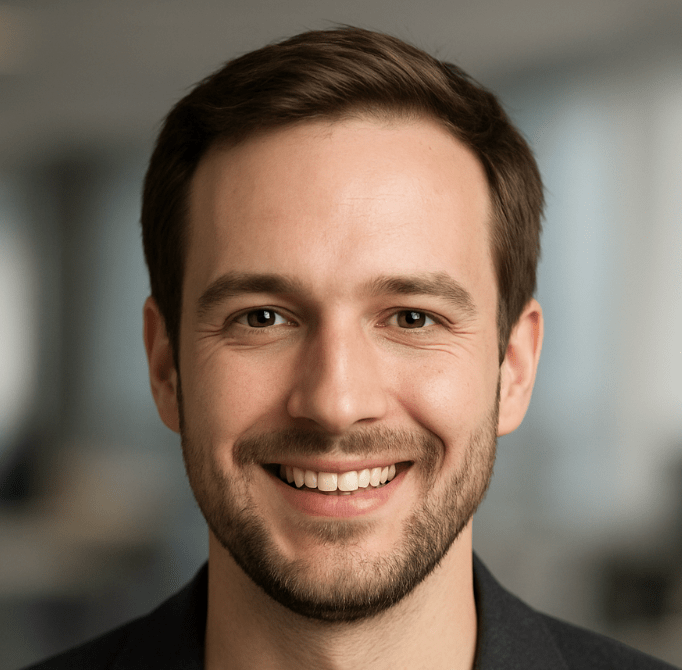Six months ago, I received an email that stopped me in my tracks. It was from Rachel, a talented incident response specialist I had met at a conference two years earlier. She was resigning from cybersecurity altogether, not because she didn't love the work, but because she couldn't sustain the mental and emotional toll it was taking on her life.
Rachel's story isn't unique. She described working 60-hour weeks during incident responses, being on call constantly, and feeling personally responsible every time an attack succeeded. She talked about the pressure of making critical decisions with incomplete information, the stress of explaining technical failures to angry executives, and the exhaustion of constantly learning new threats and technologies just to keep up.
What broke my heart was her final paragraph: "I still believe cybersecurity is important work, and I'm proud of what I accomplished. But I can't keep sacrificing my health and relationships for a job where success is invisible and failure is catastrophic. I need to find a career where I can make a difference without burning out."
Rachel's email crystallized something I had been observing throughout our industry: we have a mental health crisis in cybersecurity that we're not talking about openly enough. The same characteristics that make cybersecurity professionals excellent at their jobs can also make them vulnerable to burnout, anxiety, and other mental health challenges.
The nature of cybersecurity work creates unique psychological pressures. We're defending against human adversaries who are actively trying to circumvent our protections. We work in environments where the stakes are constantly escalating and the threat landscape is continuously evolving. We're often the bearers of bad news, explaining vulnerabilities and risks to people who would rather not hear about them.
Many cybersecurity professionals develop what I call "hypervigilance fatigue." They become so accustomed to thinking about worst-case scenarios and potential threats that they struggle to turn off that mindset when they leave work. They see security risks everywhere, from personal devices to public WiFi networks to social media posts. The constant state of alertness becomes exhausting.
There's also the challenge of imposter syndrome, which seems particularly prevalent in cybersecurity. The field changes so rapidly that even experienced professionals often feel like they're falling behind. New vulnerabilities, attack techniques, and security technologies emerge constantly. No one can be an expert in everything, but many cybersecurity professionals feel like they should be.
The isolation factor compounds these challenges. Cybersecurity work often involves handling sensitive information that can't be discussed outside of specific contexts. Professionals may not be able to share their biggest accomplishments or most challenging problems with friends and family who lack security clearances or technical background. This can create a sense of disconnection and difficulty finding support networks.
But here's what gives me hope: I'm also seeing innovative approaches to addressing these mental health challenges while creating work environments where cybersecurity professionals can thrive. Organizations and leaders are recognizing that sustainable cybersecurity requires sustainable cybersecurity professionals.

Take the example of Michael Torres, a CISO who implemented what he calls "sustainable security" practices at his organization. Instead of treating incident response as an always-on emergency mode, his team developed procedures that ensure adequate rest and recovery between major incidents. They cross-trained team members so that critical responsibilities don't fall on single individuals. They implemented rotation schedules that prevent anyone from being on call for extended periods.
But Michael's most innovative approach was creating what he calls "success celebration rituals." His team regularly shares stories about prevented incidents, successful deployments, and positive feedback from business stakeholders. They track and celebrate metrics that highlight their positive impact, not just the problems they solve. This helps team members see the meaningful outcomes of their work, not just the endless stream of new threats and vulnerabilities.
Dr. Sarah Kim, a cybersecurity researcher, developed a different but equally important approach. She noticed that many cybersecurity professionals were struggling with work-life balance because they felt guilty about "not working" when they weren't actively addressing security issues. She started teaching mindfulness and stress management techniques specifically adapted for cybersecurity professionals.
Dr. Kim's workshops help participants develop what she calls "intentional disengagement" skills. Participants learn techniques for mentally transitioning from work mode to personal mode, setting healthy boundaries around after-hours availability, and managing the anxiety that often comes with leaving work "undone." Her program has been implemented at dozens of organizations and has measurably improved both employee wellbeing and job performance.
Another breakthrough approach comes from Lisa Rodriguez, who manages a security operations center at a large healthcare organization. She recognized that the traditional SOC model of constant monitoring and alert response was creating unsustainable stress for her analysts. She redesigned the SOC workflow to include what she calls "proactive periods" where analysts work on longer-term projects like threat hunting, process improvement, and skills development.
This approach reduces the constant pressure of reactive work while also providing professional development opportunities that help analysts grow their careers. The SOC still maintains 24/7 monitoring capabilities, but individual analysts have more varied and engaging work experiences that reduce the risk of burnout.
These examples illustrate an important principle: addressing mental health in cybersecurity isn't just about providing employee assistance programs or encouraging work-life balance. It requires rethinking how we structure cybersecurity work itself to make it more sustainable and fulfilling.
This includes creating career development paths that don't require people to move into management roles to advance. It means establishing recognition programs that celebrate different types of contributions. It involves designing work processes that provide variety and growth opportunities rather than just repetitive reactive tasks.
It also requires leadership that models healthy behaviors and creates psychologically safe environments where people can admit mistakes, ask for help, and discuss challenges without fear of judgment. Too many cybersecurity organizations still operate with cultures that equate admitting uncertainty with incompetence.
The business case for addressing mental health in cybersecurity is compelling. Burnout leads to higher turnover, which is expensive and disruptive in a field already facing significant talent shortages. Stressed and exhausted professionals make more mistakes and are less creative in solving complex problems. Organizations that create sustainable work environments attract and retain better talent.
But beyond the business case, there's a moral imperative. The people protecting our digital infrastructure deserve to have their wellbeing protected too. We ask cybersecurity professionals to take on enormous responsibility for protecting others. We need to ensure they have the support and resources they need to do that work sustainably.
This is where recognition programs play a crucial role. When we celebrate cybersecurity excellence, we're not just acknowledging technical achievements. We're validating the importance and value of the work. We're showing professionals that their contributions are seen and appreciated. We're creating positive narratives about cybersecurity careers that can counter the stress and negativity that often dominate our field.
Recognition also helps create role models for sustainable excellence. When we celebrate professionals who have achieved great results while maintaining healthy work-life integration, we're showing others that it's possible to have a successful cybersecurity career without sacrificing personal wellbeing.
The conversation about mental health in cybersecurity is just beginning, but I'm encouraged by the innovation and commitment I'm seeing from leaders throughout our industry. We're learning that taking care of cybersecurity professionals isn't just the right thing to do; it's essential for creating effective cybersecurity programs.
Rachel's story had a positive ending. After taking six months to recover and reassess, she returned to cybersecurity with a different organization that prioritized employee wellbeing. She's now working in a role that leverages her expertise while allowing her to maintain the healthy boundaries she needs.
Her experience taught her something important that she shared with me: "I thought leaving cybersecurity was the only way to take care of myself. But I learned that the problem wasn't the field; it was how some organizations approach the work. There are places where you can do meaningful cybersecurity work while still having a life outside of work."
That's the future I want to see for our entire industry. Cybersecurity work will always involve challenges and pressures, but it doesn't have to be unsustainable. With thoughtful leadership, innovative work design, and genuine commitment to professional wellbeing, we can create cybersecurity careers that are both excellent and sustainable.
The security of our digital world depends on it.


